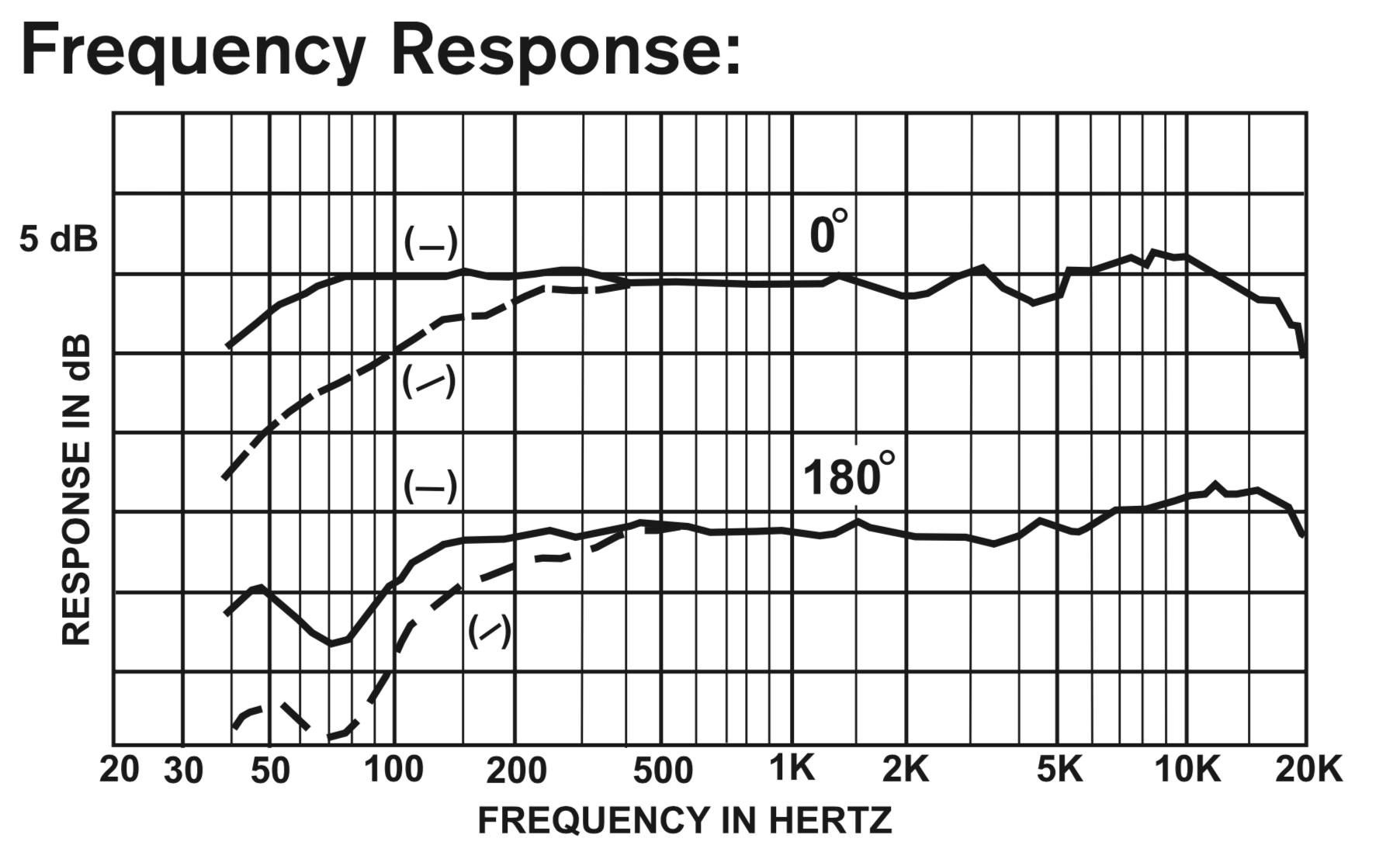Today's review covers the follow up to one of my favorite mics; we're covering the brand new Antlion Mod Mic 5.0. Before going any further, I do need to mention that for this review, Antlion sent me a review unit.
What is special about the Mod Mic is that it allows you to turn your favorite pair of headphones into a gaming headset, or a podcast studio. You stick this microphone on whatever headphones you want and you get one of the best sounding headset mics on the market.
Another huge improvement over the last generation is that this mic has both Omnidirectional & Unidirectional polar patterns inside of it. They simply took both capsules from the 4.0 series and put them in the microphone head, so you can now use which ever polar pattern fits your use case with the flick of a switch.
This microphone is also a modular design! This means that you can make it fit whatever your setup is, as well as allow you to buy accessories if Antlion rolls out new modules for this microphone system!
If you are interested in this gaming headset, it will set you back $70.
What's In the Box
- Mod Mic 5.0
- Mute Switch Module
- 1m & 2m 3.5mm Cables
- Carrying Case
- Two Base Clasps
- Foam Pop Filter
- 2m Cable Wrap
- Cable Clips
- Extra 3M Adhesives
- Instruction Manual
Specifications
Omni Directional
- Frequency Response: 30Hz - 17.5kHz
- Sensitivity: -26dB
Uni Directional
- Frequency Response: 100Hz - 10kHz
- Sensitivity: -38dB
Performance / Features
The build of this microphone is mainly plastic and rubber, but the materials feel high quality. The magnet is much stronger, so the boom mic will be less likely to fall off of your headphones. The boom arm is much sturdier and stiffer, so no matter what position you place it in, it will not move. The cables are all kevlar reinforced, so you are not going break them, and the case provides ample protection for the mic while traveling.
This microphone has two polar patterns; omni directional & uni directional. In order to switch between the two, all you have to do is flip the switch that is on the microphone capsules body. It's as simple as that. The omni directional polar pattern picks up quite a bit of background noise, but that is to be expected with an omni polar pattern. The uni-directional setting eliminates background noise much more effectively, and if placed close to your mouth would eliminate even more background noise.
The omni directional polar pattern has a frequency response of 30Hz - 17.5kHz which is pretty good for a headset mic. While on this setting the mic has full lows and plenty of highs. When we switch to the unidirectional setting, the frequency response drops to 100Hz - 10kHz, which clearly lacks a bit in the low end as well as high frequencies. I cannot fault the uni setting for this, because it is mainly designed for gaming.
Something else I noticed while testing the microphone; it picks up minimal sound from the headphones. This is an issue that plagues many gaming headsets due to sharing wiring and housing. With the mod mic, you do have to deal with an additional cable (which they provide solutions for managing), but on the plus side, you eliminate the majority of the headphone interference.
Pros
- Great sounding Omni-directional microphone capsule
- Noise eliminating Uni-directional capsule
- Strong magnet to connect to headphones
- Sturdy boom arm to hold form and placement of mic
- Kevlar reinforced cables
- Ignores headphone interference
- Modular design
Cons
- Adding a second cable to your headset (however, they provide options to manage cables)
Conclusion
I think this is the best option for people who want a headset microphone. You can use it to either improve the microphone's audio on your existing gaming headset, or you can use it to turn your favorite pair of audiophile headphones into a gaming headset, or podcast setup. The build quality has also been improved from the prior generation, and they have made a modular design so you can upgrade in the future.
All around, I would absolutely recommend this microphone whether you want to do light voice over work for youtube, gift it to a remote podcast guest so they have decent audio on their end, or if you just want to game with your favorite set of headphones.
If you have any additional questions about this microphone, leave them on the youtube video, and I will try to reply ASAP.
Buy the Antlion Mod Mic 5.0
https://antlionaudio.com




